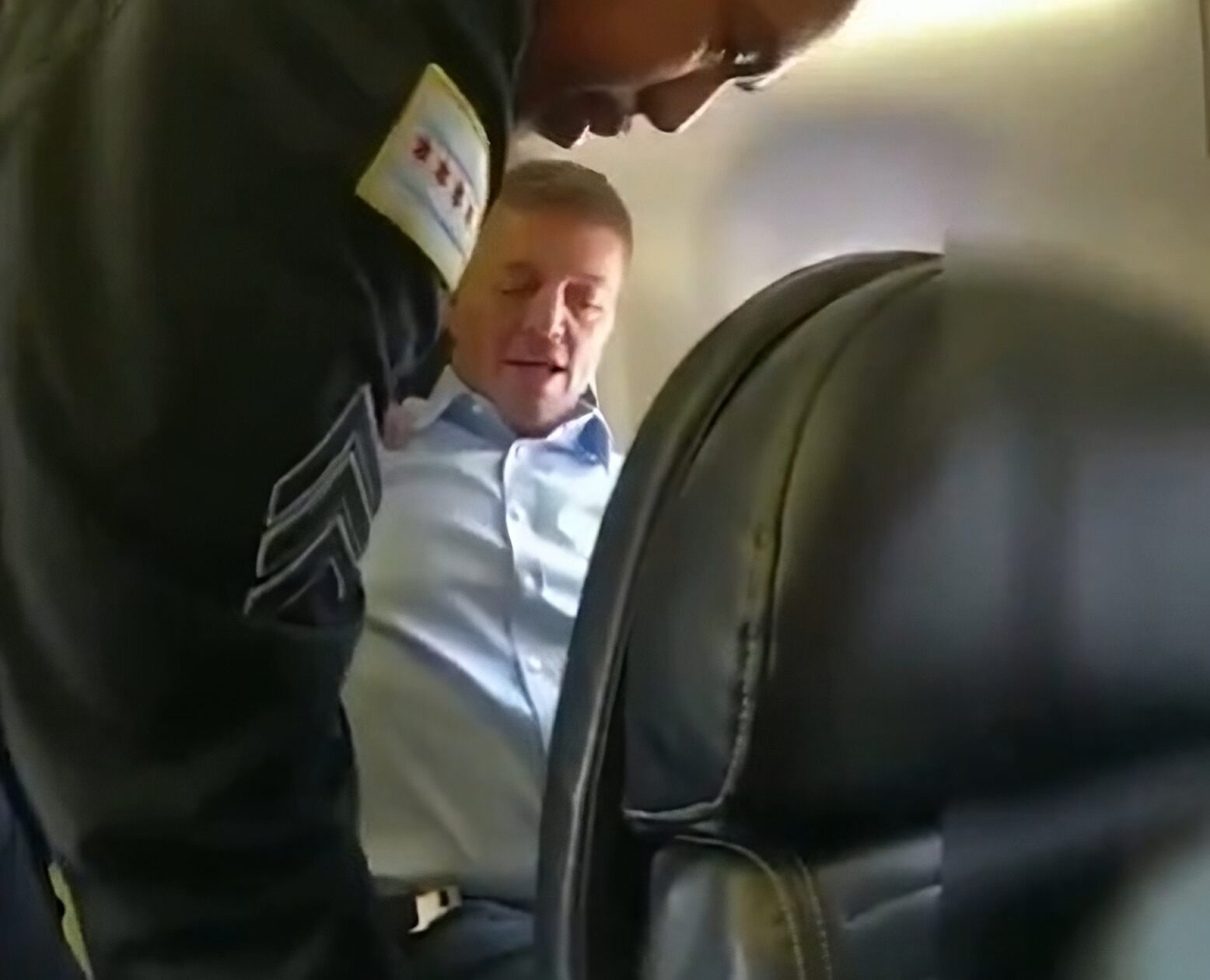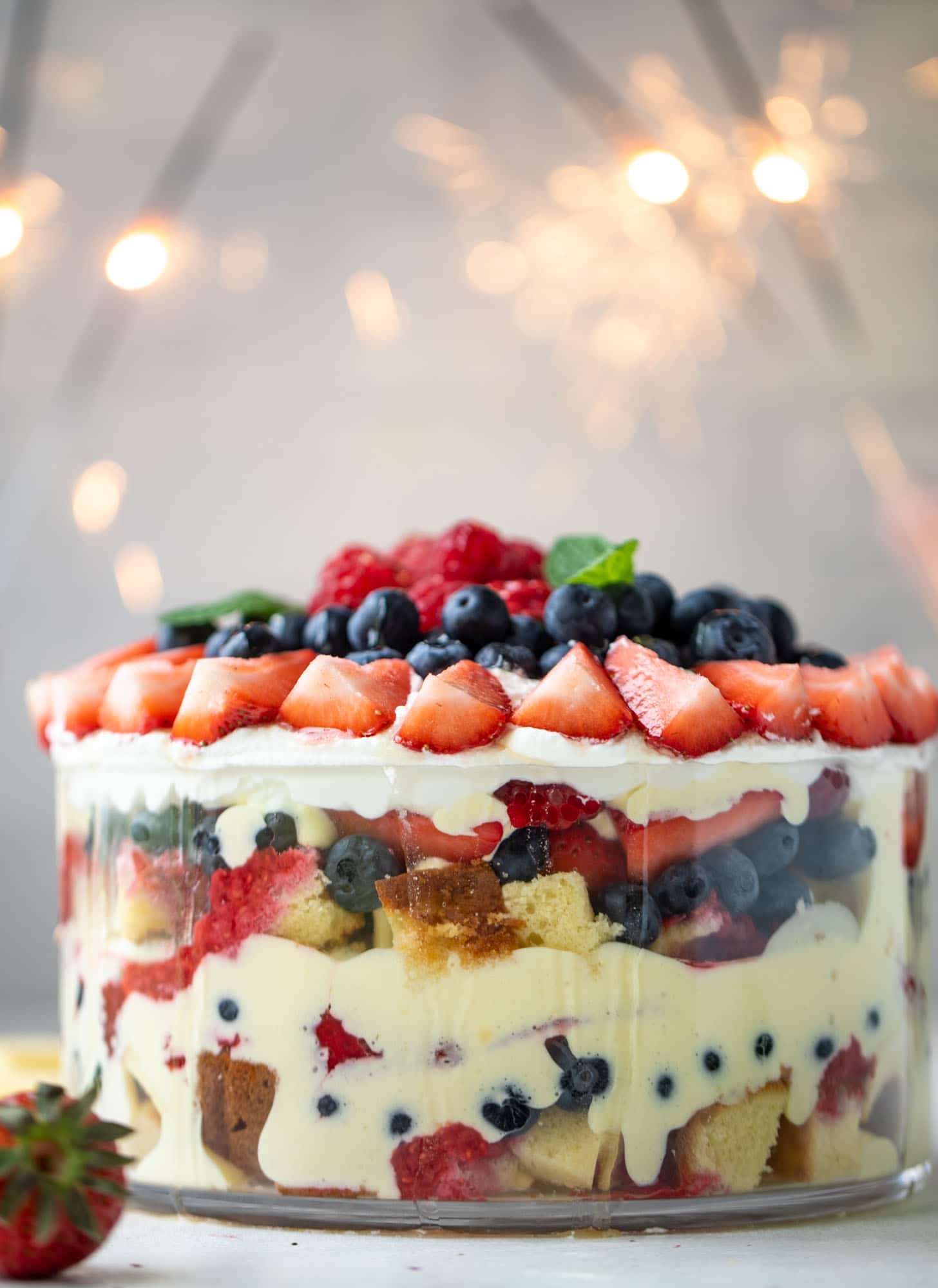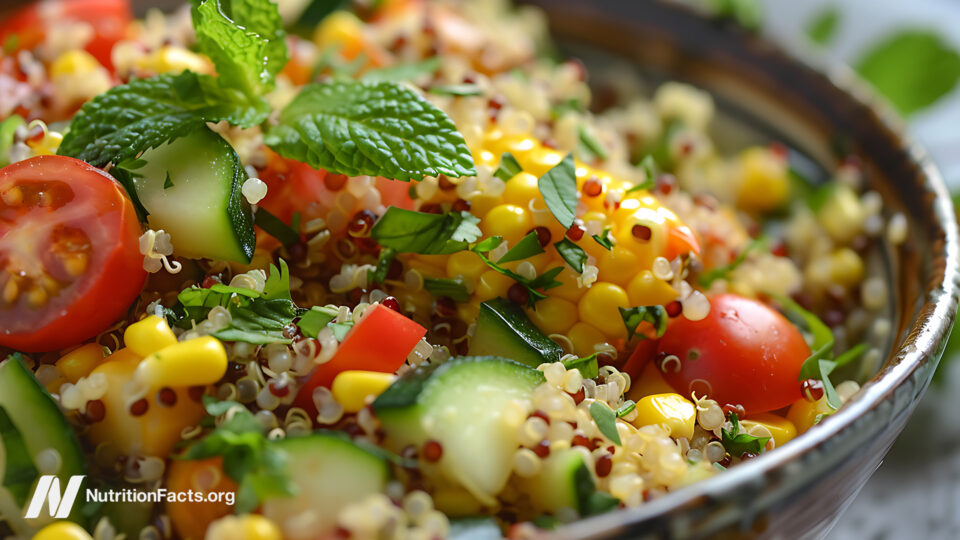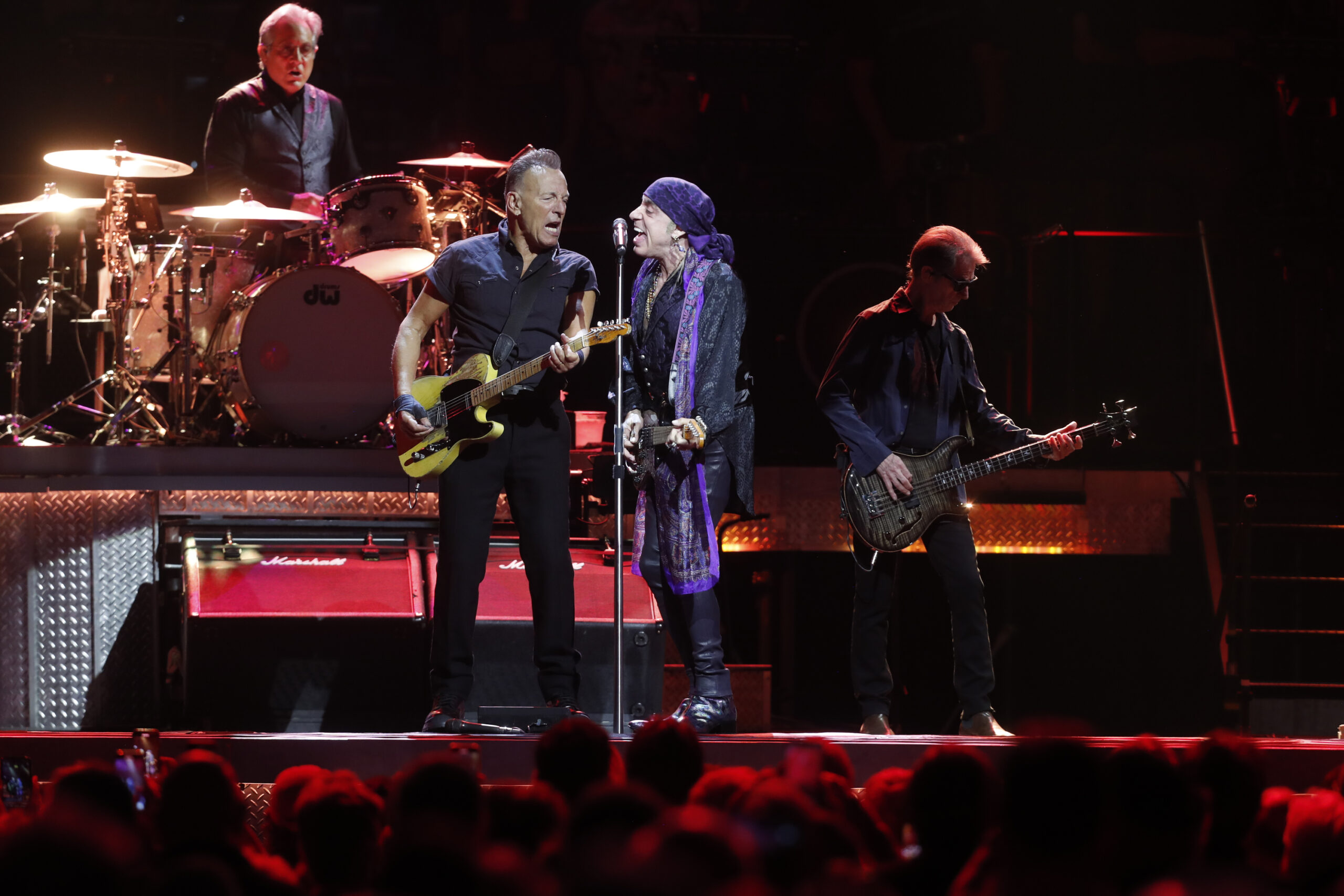Consensus NBA Mock Draft: Raptors take Maluach at No. 9
After a shocking lottery, the NBA Draft order is officially set. There isn’t much secret about who the No. 1 pick will be, but what about the rest? Kai Gammage takes a look at how things might shake out in a consensus mock draft.

This NBA season has been filled to the brim with “What the hell is going on?!” moments, from the Luka Doncic trade to the sheer number of comebacks we’ve seen through two rounds of the NBA playoffs.
It only makes sense that the draft lottery would follow suit.
In a shocking turn of events, the 39-win Dallas Mavericks climbed 10 spots to secure the No. 1 pick in the 2025 Draft and the privilege to draft generational talent Cooper Flagg, throwing the NBA world for a loop in the process.
While we’ve only had a couple days to process the shock and awe of the lottery, the focus now turns to how the newly defined order actually shakes out come June.
Though the top two players seem set in stone, with Flagg and Dylan Harper as the best players, coming to a consensus agreement on the rest of it is a tall task. So to best get an idea of who goes where in an intriguing class, we put together a consensus mock draft, aggregating results from around the web.
Players will be assigned to particular teams based on where mocks most commonly put them. Though rumours have swirled surrounding potential trades into the top-three picks, we won’t include any presumptive moves and will be sticking with the draft order as it was laid out on Wednesday.
Results have been aggregated from The Athletic, The Ringer, ESPN, CBS, Yahoo, Bleacher Report, USA Today and Sports Illustrated.
1. Dallas Mavericks — Cooper Flagg, F, Duke
Highest ranking: 1, Lowest ranking: 1
Who needed Luka Doncic anyways? Mavericks fans who were otherwise checked out after the stunning mid-season trade have a new reason to lock back in, as they get a chance to watch one of the best two-way prospects in recent memory develop into the franchise’s next superstar. Playing alongside established stars like Anthony Davis and Kyrie Irving, once he returns from injury, will give Flagg a clear path to competitive playoff basketball from the jump. The Mavericks’ defence-first identity just got taken to another level.
2. San Antonio Spurs — Dylan Harper, G, Rutgers
Highest ranking: 2, Lowest ranking: 2
With De’Aaron Fox and reigning rookie of the year Stephon Castle running their backcourt already, the Spurs may use this pick as a trade asset to acquire another star (Giannis, perhaps?). But if not, they’re locking in one of the best combo-guard prospects in recent years in Harper, who carried Rutgers with 19.4 points, 4.6 rebounds and four assists per game in his lone collegiate season.
3. Philadelphia 76ers — Ace Bailey, F, Rutgers
Highest ranking: 3, Lowest ranking: 4
Like the two teams above, the 76ers are already established and primed to contend for the playoffs, barring injuries (big asterisk here), meaning it wouldn’t be too shocking to see them move this pick. We have them taking Bailey here, who was one of the best shot-makers in college hoops this year, showcasing an affinity for knocking down tough mid-range buckets, but it was something of a double-edged sword as his shot diet left a lot to be desired. On a team with the first, second and third options already established, it would be interesting to see how the perennial No. 1 Bailey adjusts.
4. Charlotte Hornets — V.J. Edgecombe, G, Baylor
Highest ranking: 3, Lowest ranking: 4
Perhaps the best point-of-attack defender in this class — or at least the most athletic — Edgecombe could give the Hornets an edge on that end they’ve been sorely lacking. On the other end, his ability to run the floor and leap off the screen in transition will give LaMelo Ball a needed outlet. Though he’s still an unfinished product on offence, the raw abilities are far too tantalizing. In the half-court, he should still work well as a catch-and-shoot perimeter player and cutter to give the Hornets another dimension as they look to finally emerge from their rebuild.
5. Utah Jazz — Jeremiah Fears, G, Oklahoma
Highest ranking: 5, Lowest ranking: 8
The Jazz are in a tough spot after missing out on the top four of this draft, as most consider the above players to be in a different tier than the rest of this class. But Fears is no slouch, as the Sooners sparkplug guided Oklahoma to the tournament with his electric blend of speed and skill despite joining the NCAA ranks as an early commit. Though they already roster a player in Keyonte George who fits a similar profile, the upside on Fears is hard to look past for a team like the Jazz, who don’t have the luxury of drafting for fit over talent.
6. Washington Wizards — Tre Johnson, G, Texas
Highest ranking: 5, Lowest ranking: 8
You can’t help but feel for the Wizards here. After winning only 18 games this season, luck wasn’t in Washington’s favour. They’ll still get a chance to shore up one of their big holes, however, as Johnson profiles as the top shooter in this class, knocking down 39.7 per cent of three-point looks and scoring 19.9 per game in his lone year at Texas. The Wizards only shot 33.5 per cent from deep last season, the second-worst mark in the league, and Johnson’s abilities off the bounce and on the move should be a huge boost to a desperate team.
7. New Orleans Pelicans — Kon Knueppel, G, Duke
Highest ranking: 5, Lowest ranking: 10
Demolished by injuries last season, the Pelicans still look like a team that could do some damage in the West, particularly if Zion Williamson continues to play at the level he did in stints this year. New Orleans has done well drafting tough, 3-and-D players like Trey Murphy, Herb Jones and Jordan Hawkins, but if this year was any indication, you can never have too many of those guys. Knueppel was great at Duke, knocking down 40.6 per cent of his looks, and while he’s not the most athletic defender, he does well in a team-defence setting.
8. Brooklyn Nets — Derik Queen, C, Maryland
Highest ranking: 6, Lowest ranking: 12
Like the Wizards and Jazz, the Nets don’t have the luxury of selecting for fit — best player available should be their only course of action. Though he hasn’t looked great at the combine so far, Queen’s skill set is one that doesn’t necessarily translate to the athletic drills you see at the annual scouting showcase. Rather, Queen is a modern big in the mould of an Alperen Sengun or Nikola Jokic, showcasing strong court vision and guard-like skills to set up his team’s offence from the top of the key with playmaking and a soft touch.
9. Toronto Raptors — Khaman Maluach, C, Duke
Highest ranking: 6, Lowest ranking: 14
With their starting five seemingly filled out, the Raptors will be looking to upgrade their depth after falling to ninth. Maluach, with his length and physical upside, is the type of player this front office has liked to bet on, and with Jakob Poeltl nearing free agency, the huge South Sudanese big could develop into the centre of the future. If he can develop his offensive game past just becoming a play-finisher — he’s been working on his three-point jumper of late — the Raptors, despite falling, could still walk out of the draft with a big win.
10. Houston Rockets (from Suns) — Carter Bryant, F, Arizona
Highest ranking: 10, Lowest ranking: 16
The Rockets climbed to the second seed in a crowded West largely on the back of their athletic and punishing defence, and Bryant would only add to that playstyle. Though his numbers might not jump off the page after averaging only 6.5 points, 4.1 rebounds and 1.9 steals + blocks in his lone year at Arizona, his nearly seven-foot wingspan and three-point upside are objectively appealing to a Rockets team that loves to hound offences both on and off the ball.
11. Portland Trail Blazers — Kasparas Jakucionis, G, Illinois
Highest ranking: 9, Lowest ranking: 12
Despite using high picks on Shaedon Sharpe and Scoot Henderson in recent drafts, the Blazers are still looking to cement their backcourt of the future. In Jakucionis, Portland gets a big-bodied guard who looks more comfortable as a lead ball-handler than the above two, and if he can find better consistency with his three-ball, the creative playmaker could round out the Blazers’ intriguing young core.
12. Chicago Bulls — Jase Richardson, G, Michigan State
Highest ranking: 12, Lowest ranking: 21
In Josh Giddey, the Bulls locked in the player set to run the offence for years to come. What they need now are ancillary pieces that can take advantage of his strong playmaking. Richardson took off with the Spartans after being inserted into the starting lineup midway through the year, showcasing an affinity for scoring on and off the ball with solid pick-and-roll IQ and a lethal catch-and-shoot ability.
13. Atlanta Hawks (from Kings) — Collin Murray-Boyles, F, South Carolina
Highest ranking: 7, Lowest ranking: 17
Though mostly lining up as a big with the Gamecocks, Murray-Boyles’ six-foot-seven frame won’t translate to a traditional centre role in the NBA. But much like one of Atlanta’s current bigs in Onyeka Okongwu, Murray-Boyles’ versatility and intelligence are what make him stand out. The Hawks have done well adding defence in recent years, and it only makes sense they continue down that road. CMB is also a strong pick-and-roll player, which should pair well with Trae Young.
14. San Antonio Spurs (from Hawks) — Noa Essengue, F, Ratiopharm Ulm (Germany)
Highest ranking: 9, Lowest ranking: 30
Though still extremely raw, Essengue has started to find his form, blending his elite athleticism with an intriguing handle for someone his size. The Spurs have the sort of runway with Victor Wembanyama that allows them to take risks like these, and with a need for size coming off the bench, betting on another Frenchman like Essengue could make sense.
15. Oklahoma City Thunder (from Heat) — Danny Wolf, C, Michigan
Highest ranking: 14, Lowest ranking: 28
The first upperclassman in this draft, Wolf had a standout junior year for the Wolverines, faring incredibly well in their touted two-big lineups alongside Vlad Goldin. The Thunder would line him up in a similar way beside Chet Holmgren or Isaiah Hartenstein, and he has the creativity and versatility with the ball in his hands that the Thunder have prioritized in recent years.
16. Orlando Magic — Nolan Traoré, G, Saint-Quentin (France)
Highest ranking: 11, Lowest ranking: N/A
After a shaky start to the year, Traore has taken off with Saint-Quentin and seems to have found consistency with his three-ball, hitting above 40 per cent in six of his last seven outings. The Magic were the worst three-point shooting team in the league last year, and while Traore isn’t a knockdown shooting prospect, he fills a dire need at guard with the team’s inability to even set up a proper offence routinely.
17. Minnesota Timberwolves (from Pistons) — Nique Clifford, G, Colorado State
Highest ranking: 13, Lowest ranking: 23
Clifford is a hound, and an experienced one at that, having just finished his fifth collegiate season. The wing adds a little bit of everything to a Timberwolves team without many holes. With Nickeil Alexander-Walker set to hit unrestricted free agency, Minnesota could use another player of that archetype to put in some tough, determined minutes off the bench, providing strong contributions on both sides of the ball.
18. Washington Wizards (from Grizzlies) — Egor Demin, G, BYU
Highest ranking: 10, Lowest ranking: 18
At times looking like a top-five player in this class, Demin’s draft stock has been a bit all over the place after his freshman season in Provo. However, standing at six-foot-nine at the guard spot with an undeniable ability to set the table and create shots for himself and others, he fits the developmental timeline for a team like the Wizards.
19. Brooklyn Nets (from Bucks) — Asa Newell, C, Georgia
Highest ranking: 12, Lowest ranking: 25
With their second of four first-round picks this year, the Nets could look to double up on bigs, pairing the offensive creativity of Queen with the more brute force strengths and forceful rim-running of Newell. Though neither player is a true seven-footer and they both need to work on their shot, their complementary strengths could give the Nets a ton of versatility in the frontcourt.
20. Miami Heat (from Warriors) — Ben Saraf, G, Ratiopharm Ulm (Germany)
Highest ranking: 18, Lowest ranking: 29
Though he still has a lot of work to do on defence and with his shooting, Saraf has been a steady presence as Ulm’s lead guard, setting teammate and fellow draftee Noa Essengue up with some great looks in the pick-and-roll. The Heat are still looking for a point guard to pair with Tyler Herro and Bam Adebayo, as Davion Mitchell profiles more as a bench guard and the Terry Rozier experiment hasn’t worked.
21. Utah Jazz (from Timberwolves) — Liam McNeeley, F, UConn
Highest ranking: 14, Lowest ranking: 21
As UConn’s top recruit this season, McNeeley fell below expectations, scoring 14.5 points per game but doing so on poor .529 true shooting. However, front offices are likely willing to bet on the shooter’s upside from range because of how pure his form is and his strong 86.6 free-throw percentage. The Jazz don’t have a player in his mould who excels in catch-and-shoot looks and moves well off-ball, so it could be a strong fit as they look to flesh out a depleted roster.
22. Atlanta Hawks (from Lakers) — Thomas Sorber, F, Georgetown
Highest ranking: 17, Lowest ranking: 28
Sticking with the Hawks’ plan for defensive versatility across their frontcourt, Sorber gives them another big body and willing rim protector with an absurd seven-foot-six wingspan. As the Hoyas’ main option, Sorber developed some strong court processing on both ends and could give them a versatile pick-and-roll partner alongside Young.
23. Indiana Pacers — Joan Beringer, C, Cedevita Olimpjia (Slovenia)
Highest ranking: 19, Lowest ranking: N/A
Though they’ve fared well in the playoffs so far, the Pacers have a gaping hole at backup centre, where they’ve had to deploy forwards like Pascal Siakam and Obi Toppin in small-ball lineups to get by without Myles Turner. Beringer both fills that need and inserts well into a lineup that loves to push the pace in transition with Tyrese Haliburton.
24. Oklahoma City Thunder (from Clippers) — Noah Penda, F, Le Mans (France)
Highest ranking: 19, Lowest ranking: N/A
Having focused more on guards in their last two drafts with Nikola Topic and Cason Wallace, the Thunder could double up on frontcourt players here after taking Wolf. Penda would give OKC a physical edge that most of their depth forwards don’t lean into while still fitting into the versatile, switchy and creative two-way player they’ve loved in recent years.
25. Orlando Magic (from Nuggets) — Walter Clayton Jr., G, Florida
Highest ranking: 18, Lowest ranking: N/A
Sometimes you just gotta take a winner. Clayton Jr. saw his stock skyrocket on the Gators’ title run, knocking down tough, clutch baskets time and time again as the focal point of Florida’s offence. After grabbing Traore with their first pick in this mock, the Magic could opt to take a bigger, shoot-first wing like Will Riley, but the team’s need at the guard spot is too big to overlook, even if it means a slight redundancy.
26. Brooklyn Nets (from Knicks) — Will Riley, F, Illinois
Highest ranking: 16, Lowest ranking: N/A
Past Cam Thomas — who has his own question marks — the Nets don’t have players capable of creating their own shot, particularly on the wing. Despite having an up-and-down year as an early commit, the Kitchener, Ont., native proved himself in the last few games of the season, netting 17 points per game on 51.7 per cent from the field and 40 per cent from three-point range over the Fighting Illini’s last five games. He’s raw, but the scoring ability is there and the Nets have nothing but time.
27. Brooklyn Nets (from Rockets) — Rasheer Fleming, F, Saint Joseph’s
Highest ranking: 22, Lowest ranking: 30
With their second pick here, the Nets could look at a more finished product on the wing in Fleming, whose big six-foot-nine frame, strong shooting ability and big-play defensive aptitude project well in the league. He’ll still need to develop the more mental parts of the game and iron out some of his fundamentals on the defensive side of the ball to avoid being caught cheating for steals and blocks.
28. Boston Celtics — Labaron Philon, G, Alabama
Highest ranking: 26, Lowest ranking: N/A
Though not exactly starved for talent, the Celtics could use a boost to their depth in the backcourt. He may not be a microwave scorer, but Philon did a little bit of everything for the Crimson Tide, working as a solid complementary combo guard to Mark Sears, and that sort of on-and-off-ball versatility should be something the Celtics covet after falling victim to three-point variance in the playoffs.
29. Phoenix Suns (from Cavaliers) — Yaxel Lendeborg, F, UAB
Highest ranking: 22, Lowest ranking: N/A
With their money already running thin, the Suns don’t have too many options to fill the multitude of holes on their roster. They need a lot, but more than anything, they need size, as a rotation of Nick Richards and Mason Plumlee simply won’t cut it. Lendeborg had a great sophomore season with the Blazers, averaging 17.7 points and a conference-leading 11.4 boards. He’s a great innings-eater at the very least.
30. Los Angeles Clippers (from Thunder) — Adou Thiero, F, Arkansas
Highest ranking: 30, Lowest ranking: N/A
Thiero broke out in his third collegiate season under John Calipari. The former Kentucky Wildcat averaged 15.1 points, 5.8 rebounds and 2.3 stocks as a high-effort, high-athleticism wing. The raw talent is there, it’s just a matter of honing it in and finding some consistency on his jumper. But raw, leap-off-the-page talent is what the Clippers could be looking for, as the established contender hopes to extend their championship window.


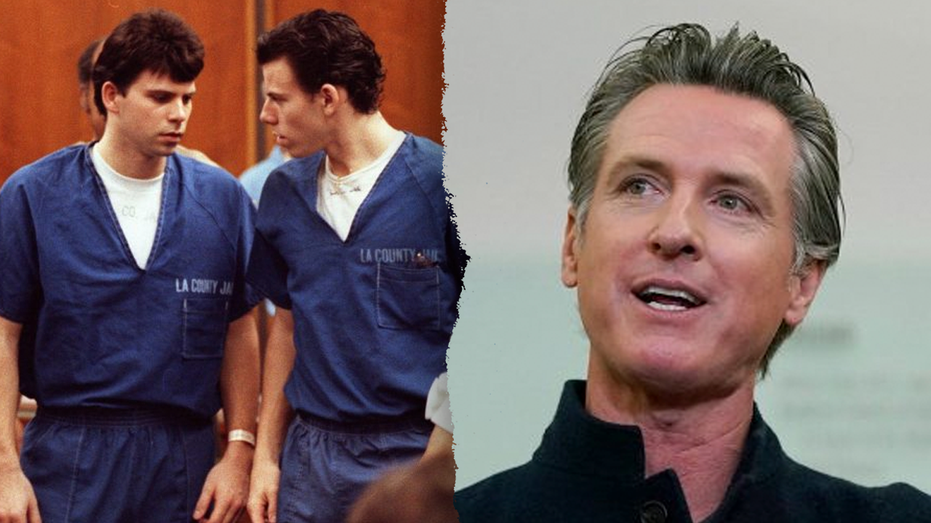

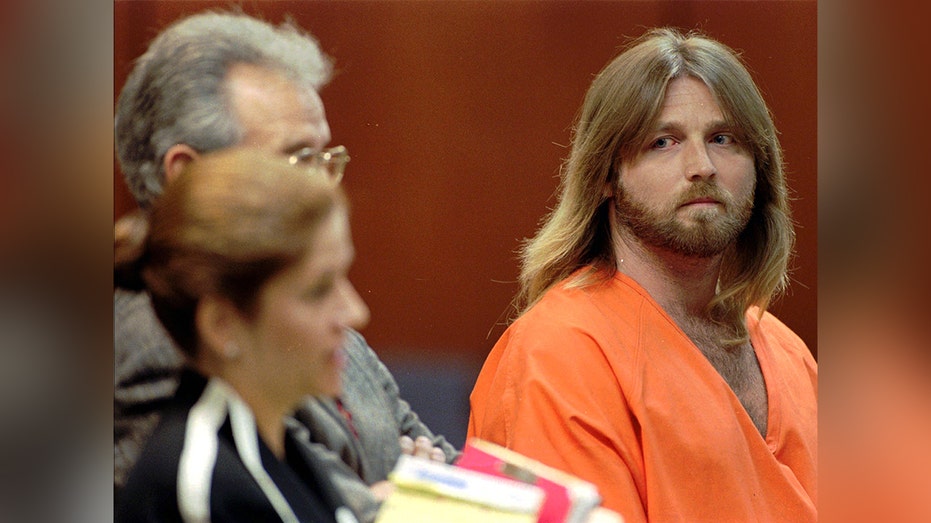














![[DEALS] The 2025 Ultimate GenAI Masterclass Bundle (87% off) & Other Deals Up To 98% Off – Offers End Soon!](https://www.javacodegeeks.com/wp-content/uploads/2012/12/jcg-logo.jpg)



-Olekcii_Mach_Alamy.jpg?width=1280&auto=webp&quality=80&disable=upscale#)













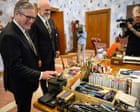



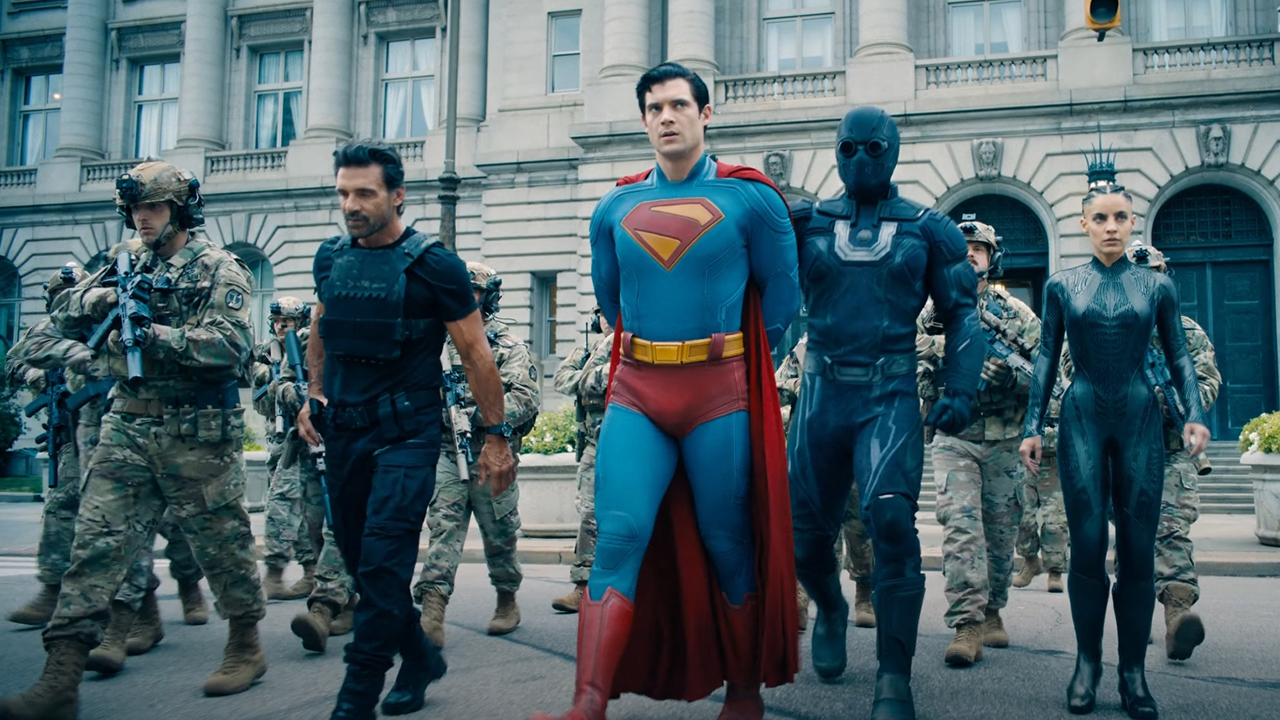
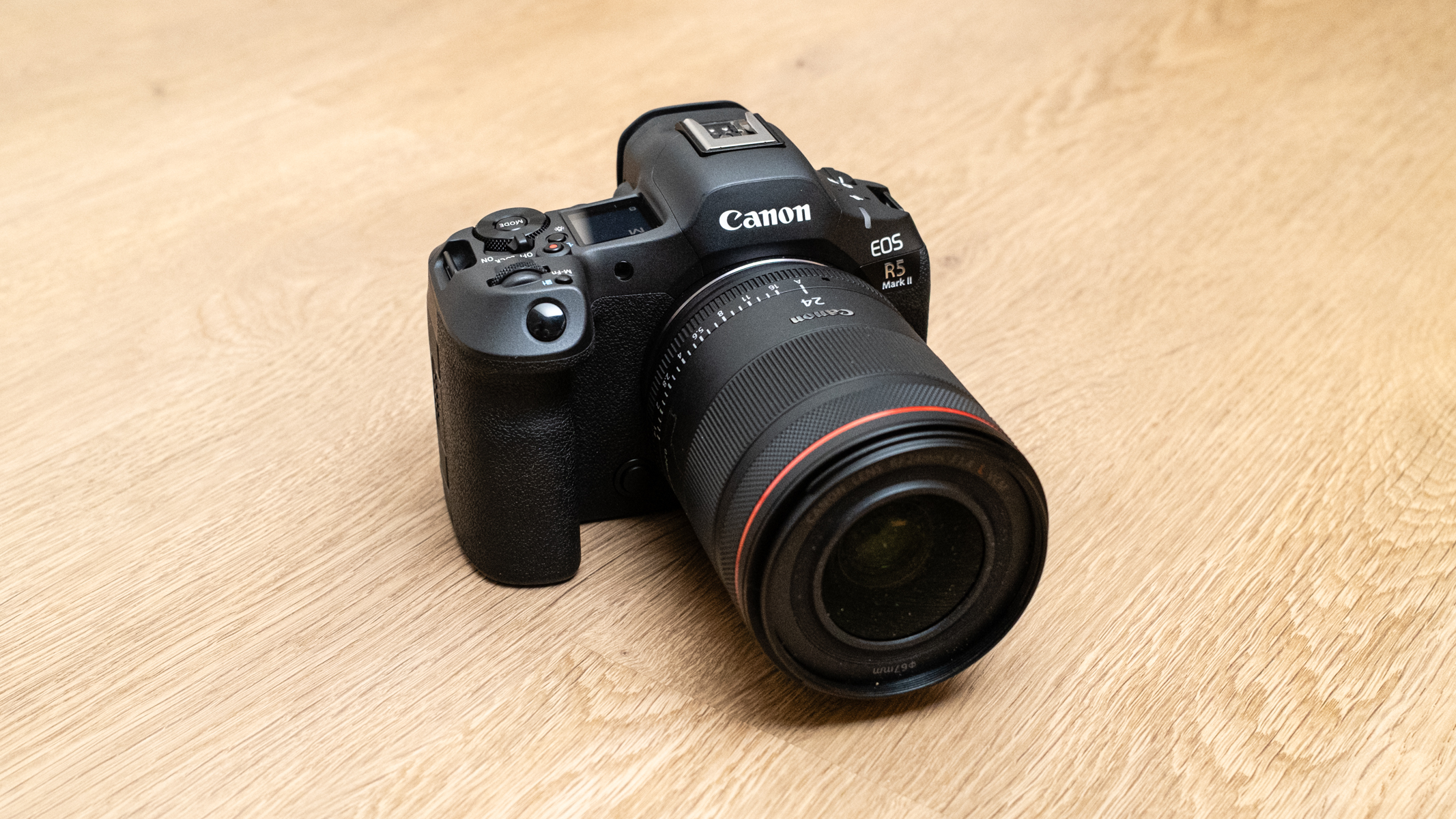



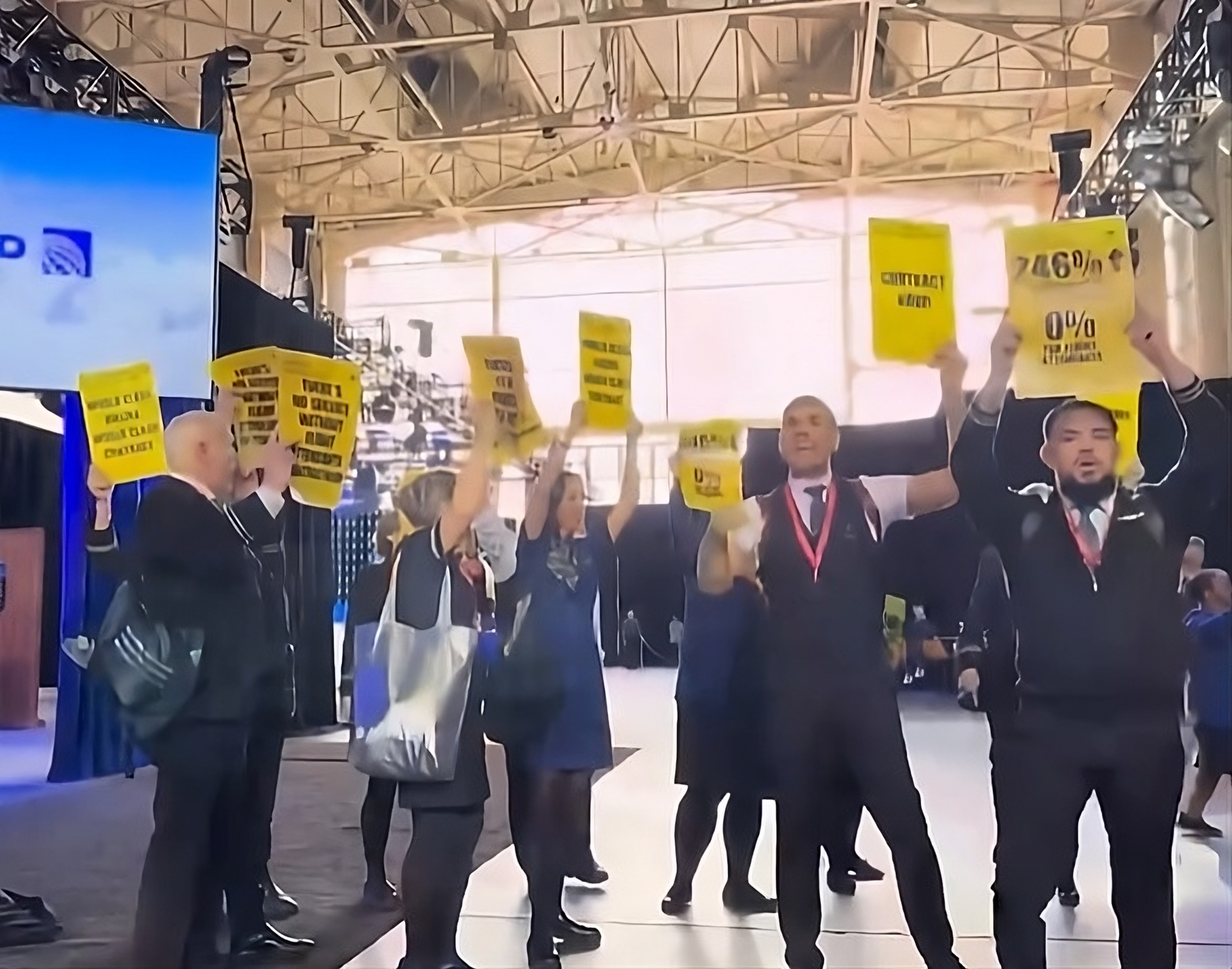
![Air Traffic Controller Claps Back At United CEO Scott Kirby: ‘You’re The Problem At Newark’ [Roundup]](https://viewfromthewing.com/wp-content/uploads/2025/05/scott-kirby-on-stage.jpg?#)
